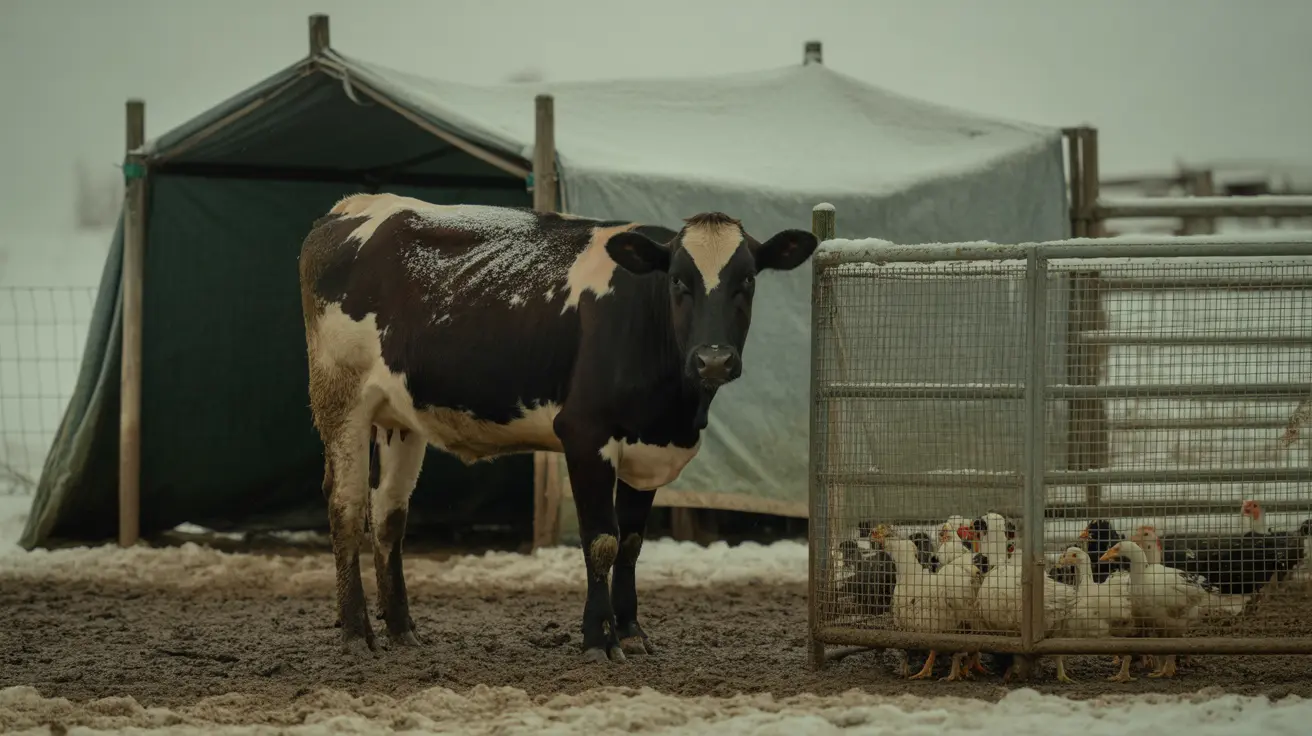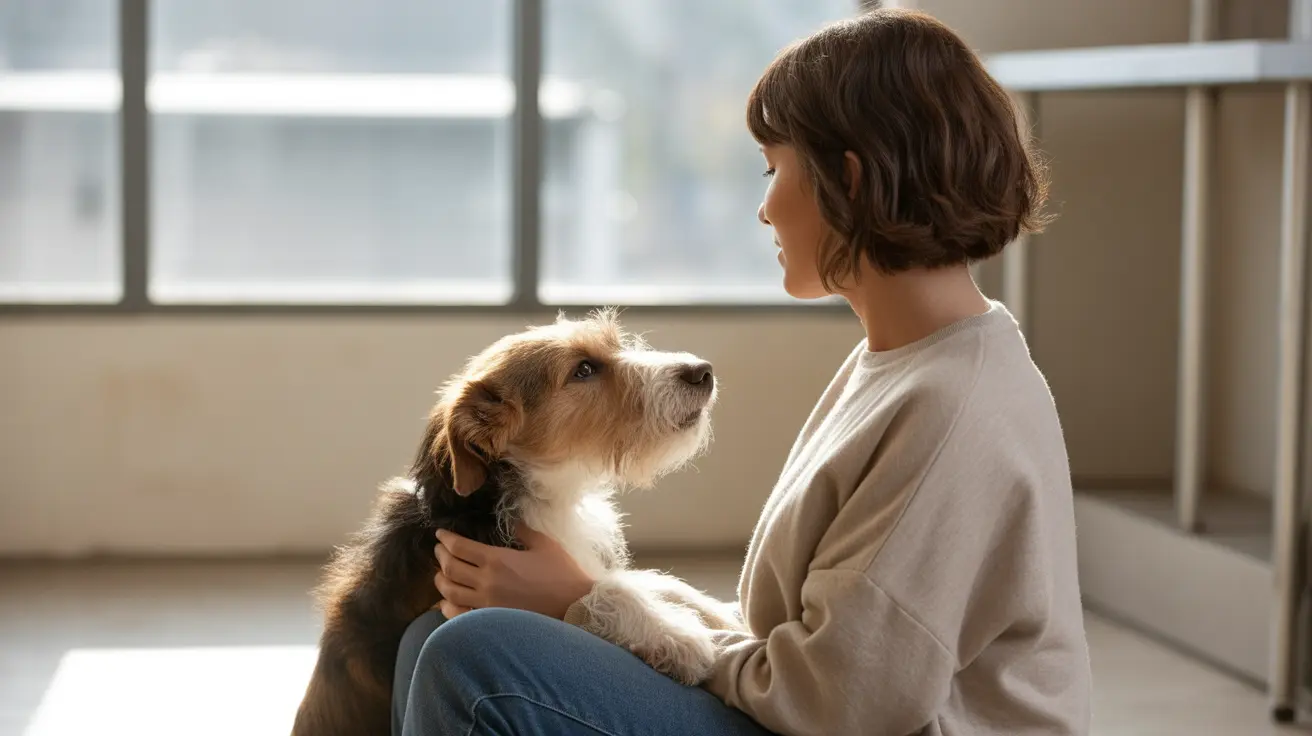Can an Owl Pick Up a 10 lb Dog? Understanding the Real Risks
It’s not uncommon for small pet owners to worry about whether their beloved dogs are safe from wildlife predators. One frequent concern is whether owls or other birds of prey can lift and carry off a 10-pound dog. While rare, such incidents have been observed, especially involving large raptors like great horned owls. Understanding this threat and taking appropriate precautions can help ensure your pet’s safety.
The Lifting Power of Birds of Prey
Birds of prey – including hawks, owls, and eagles – differ in size and strength, and so does their ability to lift and carry prey. Here's an overview:
- Red-tailed hawks: Weigh 2–4 pounds and can typically lift prey about half their weight.
- Great horned owls: Among the largest owls, known to attack and sometimes lift prey over 5 pounds.
- Bald and golden eagles: Can lift several pounds but also usually manage up to half their weight.
From this, a 10-pound dog would typically be at the threshold of what even the strongest owl could lift indoors, making full aerial escape improbable but not impossible for large owls under ideal conditions.
Documented Attacks on Pets
Most birds of prey are unlikely to carry off animals as large as a 10-pound dog. However, smaller breeds such as Chihuahuas, Yorkies, and small puppies are occasionally attacked, especially when:
- They are unsupervised outdoors.
- They are in open or rural areas where raptors nap or nest.
- It is during nesting season (spring through August).
Though many attempted lifts result in the animal being dropped from height, this can still cause serious injury or death.
Signs of Potential Attack
If a raptor has targeted an animal, typical signs may include:
- Puncture wounds on the neck or back from talons.
- Head trauma or broken bones.
- Missing fur or feathers, or blood trails.
- Reports of large birds circling repeatedly.
Precautionary Measures for Pet Safety
To minimize the risk of an attack from above, follow these safety strategies:
- Supervise small pets outdoors, especially at dawn, dusk, or nighttime.
- Use covered enclosures (e.g. “catios” or “pupios”).
- Keep dogs on a leash during walks in areas known for raptor presence.
- Remove rodent attractants like bird feeders or exposed pet food.
- Trim trees near areas your pets play.
- Install reflective deterrents such as CDs, scare tape, or shiny ribbons.
- Dress pets in protective vests made of tough materials (e.g., Kevlar or 'coyote vests').
- Join group dog walks to signal safety in numbers.
Handling a Raptor Encounter
If you see a bird of prey approaching or attacking your pet:
- Make noise – clap, shout, or bang objects.
- Pick up your pet carefully and retreat indoors if safe.
- Inspect your pet for visible and hidden injuries.
- Visit a veterinarian to check for internal trauma.
- Report the incident to local animal control if necessary.
Legal and Environmental Considerations
All native raptors such as hawks and owls are protected under the Migratory Bird Treaty Act. It is illegal to harass or harm them, even in defense of pets, without proper authorization.
It’s also important to note that raptor attacks on pets are rare, often exaggerated in urban legends. Many unverified reports can't be independently confirmed, but genuine incidents, including lifted and dropped pets, do happen occasionally. Many birds posture or bluff-charge pets to defend their nesting territory rather than seek a meal.
Conclusion
So, can an owl pick up a 10 lb dog? While most owl species are too small to lift such weight, large owls like the great horned owl might attempt it under certain conditions. More commonly, though, a pet may be injured during an attempted attack without being carried off. Supervision, protective structures, and awareness are the most effective defenses for your pet’s safety.





